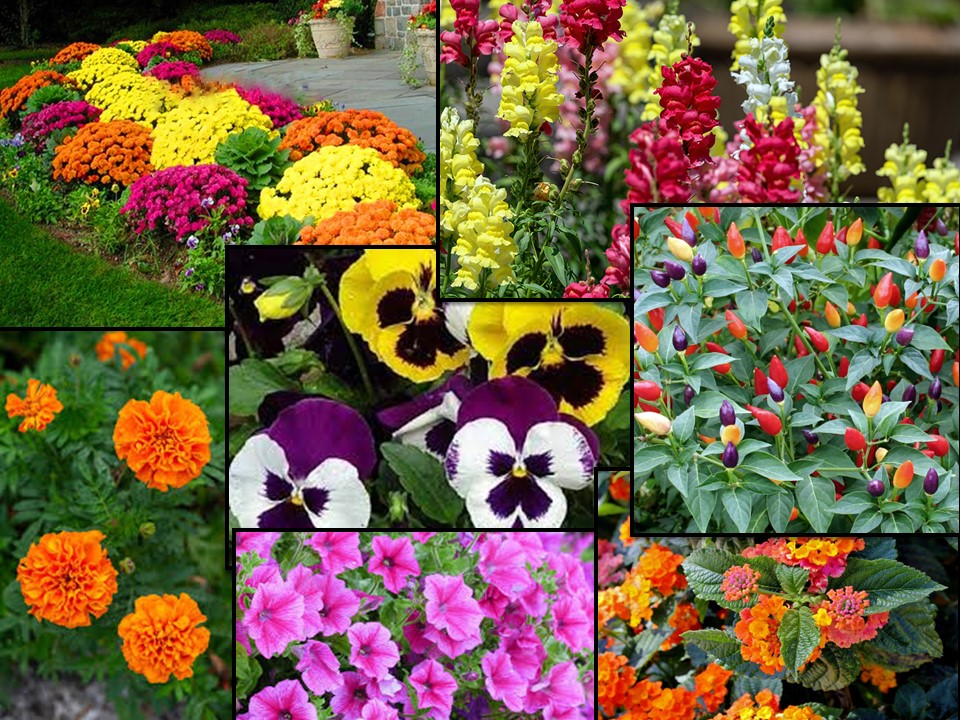Marigold
Brassy and warm marigolds are easy to grow and popular since they're in bloom for most of the season. They like full sun and can withstand hot summers, so they're a good option if you live in an area where scorching summers can extend into the fall. Our Texas weather is perfect for these flowers in the fall.
Petunias
Petunias are one of the most popular flowers for gardens because of their long flowering period: from spring until frost! BUT.... not in our Texas heat!! They are great in the early to late spring, and the fall until early winter.
They're great for hanging baskets in the spring and fall when the temperatures are much milder — just know that they need full sun so they won't do well in the shade of a porch. Petunia seeds are very small, so it might be easier to get a start from a nursery.
Hydrangeas
These elegant perennials start blooming early to midsummer and can survive a winter freeze. Their delicatate flowers come in a number of colors which include pink, purple, blue, and white.
Care for your hydrangeas by giving them full sun in moderate climates and morning sun in hot areas. They need consistent moisture without over-watering the plant. Hydrangeas are rapid growers, averaging 2 feet or more of growth per year. Be aware that the plant is toxic to animals!
Chrysanthemums
The quintessential fall flower, you can pick up mums for (practically) a dime a dozen at the grocery store. Set the pots in bright, indirect light and water consistently throughout autumn. To keep them blooming and looking healthy, cut off buds as they wilt.
Ornamental Peppers
These aren't necessarily a flower, but the red, purple, yellow and orange peppers are just as beautiful. Fair warning that you shouldn't try to eat these, as they're especially spicy.
Snapdragons
Snapdragons are very popular short-lived garden perennials that are usually grown as annuals. They are a mainstay of classic flower gardens from mixed border gardens to flower boxes to patio containers. The common name derives from the shape of the individual flower heads, which resemble the snout of a dragon, and which even open and close in a snapping motion, as often happens when pollinators open the jaws to reach the pollen.



